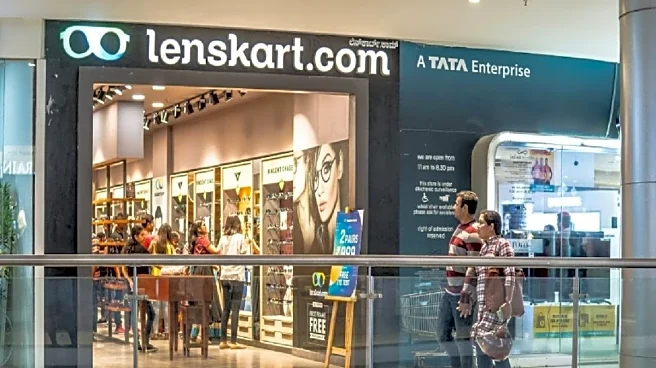The stock opened at ₹751.50 on the BSE, offering a slight premium of 3% over its issue price of ₹730, while it listed at ₹750.10 on the NSE.
Ahead of its debut, shares of Orkla India were commanding a premium of 9% in the unlisted market.
The ₹1,667.54-crore initial public offering (IPO) of Orkla India was subscribed 48.73 times during its bidding period from October 29 to 31.
The company has raised ₹1,667.54 crore through an offer for sale (OFS) of 2.28 crore shares. The issue aims to provide an exit opportunity and liquidity to existing shareholders, rather than raise fresh capital for the business.
The IPO had a price band of ₹695-₹730 per share. As the entire issue is an OFS, the company will not receive any proceeds from the offer. The funds will go to existing shareholders, Orkla ASA, Orkla Asia Holdings AS, and Orkla Asia Pacific Pte Ltd., who are partially offloading their stakes.
At the upper end of the price band, Orkla India is valued at a P/E of 39x based on FY25 diluted earnings per share (EPS).
Company overview
Orkla entered India in 2007 with the acquisition of MTR Foods and later expanded through acquisitions such as Eastern Condiments, a heritage spice brand in Kerala, acquired in 2021.
The company has built a strong presence in the branded food segment, with spices contributing about 66% of total revenue and the remainder coming from convenience foods.
In an interaction with CNBC-TV18, the company said its revenue growth of around 5% CAGR over FY23-FY25 reflects the ongoing consumption slowdown and high food inflation. Historically, MTR clocked 13% revenue growth between 2010-2020 and 13.3% between 2022-2024.
For the first quarter of FY26, Orkla India reported volume growth of 8.5%. The company said half of its margin expansion was driven by a fall in raw material costs, while the rest came from value-added products, outsourcing of low-value manufacturing, digitisation, and cost efficiencies.
Despite inheriting seven factories from Eastern Condiments, capacity utilisation remains low at 46%, offering ample scope for expansion.
The management added that the company does not require fresh capital infusion, as it generates ₹300-400 crore in annual cash flow and carries no debt on its balance sheet.
/images/ppid_59c68470-image-176240506153577683.webp)



/images/ppid_59c68470-image-176240006558281744.webp)
/images/ppid_59c68470-image-176226511968241597.webp)

/images/ppid_59c68470-image-17623950782495102.webp)
/images/ppid_59c68470-image-176226758126781539.webp)
/images/ppid_59c68470-image-176214003578346585.webp)

/images/ppid_59c68470-image-176223252689655672.webp)
/images/ppid_59c68470-image-176215757857728464.webp)